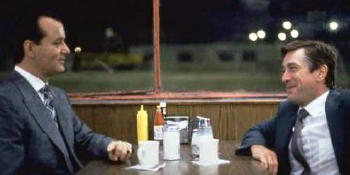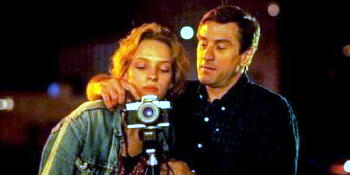Wed 3 Dec 2008
Reviewed by Ted Fitzgerald: LAWRENCE BLOCK – The Girl with the Long Green Heart.
Posted by Steve under ReviewsNo Comments
LAWRENCE BLOCK – The Girl with the Long Green Heart.
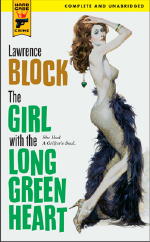
Hard Case Crime; reprint paperback, November 2005. Previously published as a paperback original: Gold Medal k1555, 1965. Other reprint editions include: Foul Play Press, ppbk, 1985; Carroll & Graf, ppbk, July 1994; Five Star, hc, May 1999.
What a perfect title and what a perfect McGinnis Carter Brown-type cover! One of Lawrence Block’s minor distinctions is that he may be the only writer to have set a crime novel in Olean, N.Y.
This is a grafter noir narrated by an erstwhile con man who’s been jolted into the straight life by a prison sentence. But when an old pupil comes to him with a clever con that plays on the resentment of a big deal small town businessman who’s been conned on a Canadian land deal, our boy is in.
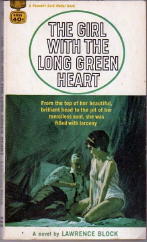
His interest is perked in no small way by an impromptu inside player: the mark’s secretary/mistress, a woman who picks up things (including the narrator) quickly and seems born to the grift.
Well, there aren’t a lot of unexpected twists and turns here, at least not to an audience that’s grown up with variants of the Big Store con ranging from Mission: Impossible to The Sting. But the pleasure is in the smooth narrative voice Block provides, the confidence trickster detail that’s laid out and an ending with a quiet twist that’s based on character.
Nice job.
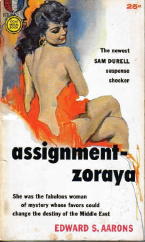
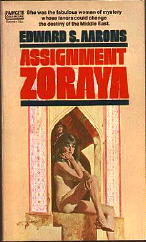
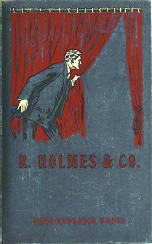



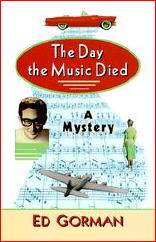

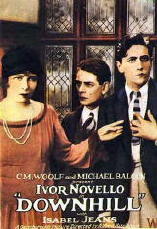

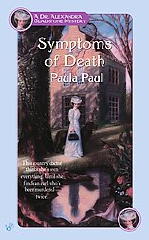

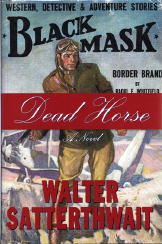
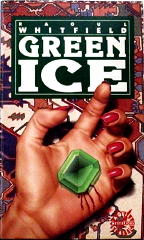
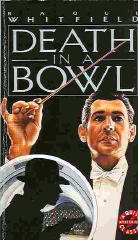
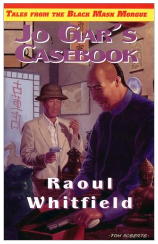
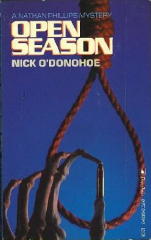
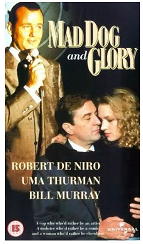 MAD DOG AND GLORY. Universal Pictures, 1993. Robert De Niro, Uma Thurman, Bill Murray, David Caruso, Mike Starr, Kathy Baker. Screenwriter: Richard Price; director: John McNaughton.
MAD DOG AND GLORY. Universal Pictures, 1993. Robert De Niro, Uma Thurman, Bill Murray, David Caruso, Mike Starr, Kathy Baker. Screenwriter: Richard Price; director: John McNaughton.